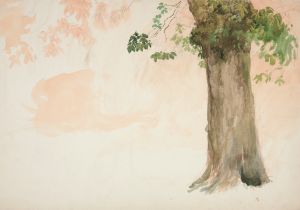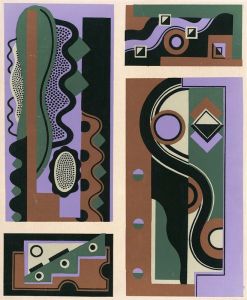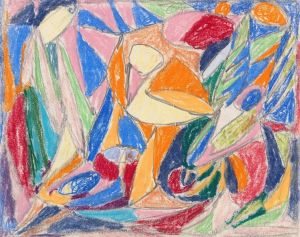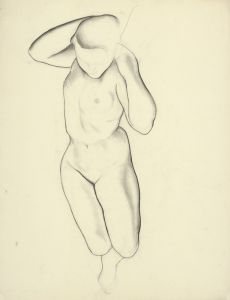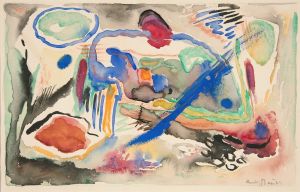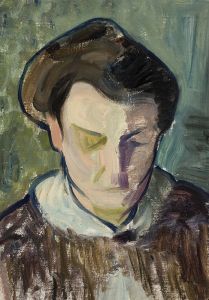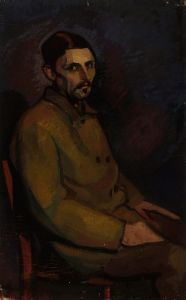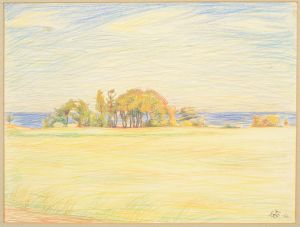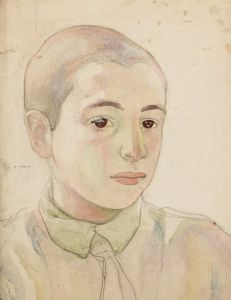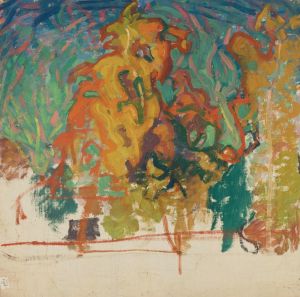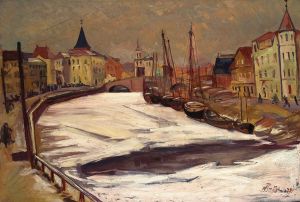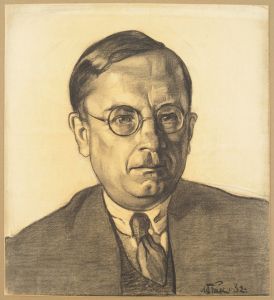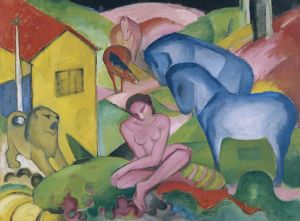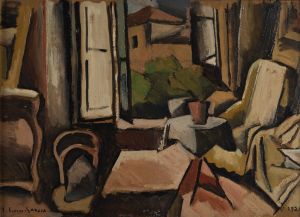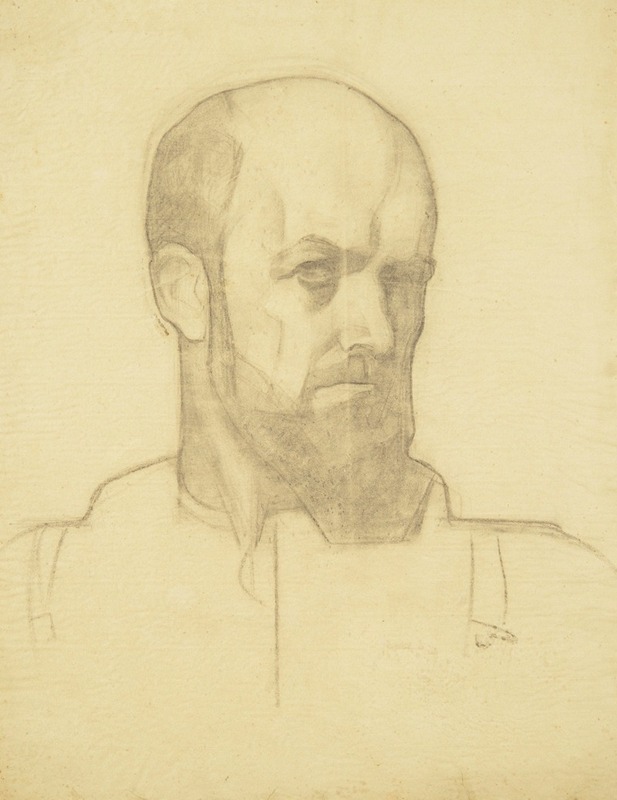
Autoportree
A hand-painted replica of Nikolai Triik’s masterpiece Autoportree, meticulously crafted by professional artists to capture the true essence of the original. Each piece is created with museum-quality canvas and rare mineral pigments, carefully painted by experienced artists with delicate brushstrokes and rich, layered colors to perfectly recreate the texture of the original artwork. Unlike machine-printed reproductions, this hand-painted version brings the painting to life, infused with the artist’s emotions and skill in every stroke. Whether for personal collection or home decoration, it instantly elevates the artistic atmosphere of any space.
Nikolai Triik was an Estonian painter and graphic artist, known for his contributions to the development of modern art in Estonia. One of his notable works is his self-portrait, "Autoportree," which reflects his unique style and the broader artistic movements of his time.
Nikolai Triik was born on August 7, 1884, in Tallinn, Estonia. He studied at the Saint Petersburg Art and Industry Academy and later continued his education in Paris, where he was influenced by the vibrant art scene and the avant-garde movements of the early 20th century. Triik's exposure to different styles and techniques during his studies played a significant role in shaping his artistic approach.
"Autoportree," which translates to "Self-Portrait," is one of Triik's works that exemplifies his skill in capturing the essence of his subjects through a modernist lens. Although specific details about the creation date and the medium of this particular self-portrait are not widely documented, it is known that Triik often employed a range of techniques, including oil painting and graphic arts, to express his artistic vision.
Triik's self-portraits are characterized by their introspective nature and the exploration of identity, a common theme among artists of his era. In "Autoportree," Triik likely utilized bold lines and a distinct color palette, elements that are often seen in his other works. His style often combined elements of Expressionism and Symbolism, reflecting the broader European art movements of the time.
Throughout his career, Triik was associated with the Noor-Eesti (Young Estonia) movement, which aimed to promote modernist ideas and cultural renewal in Estonia. This movement sought to break away from traditional artistic conventions and embrace new, innovative forms of expression. Triik's work, including his self-portraits, played a crucial role in advancing these ideals within the Estonian art scene.
In addition to his contributions as a painter, Triik was also an accomplished graphic artist. He created numerous illustrations and designs, further showcasing his versatility and commitment to exploring different artistic mediums. His work in graphic arts often complemented his paintings, providing a comprehensive view of his artistic capabilities.
Nikolai Triik's legacy in Estonian art is significant. He is remembered as a pioneer who helped to shape the direction of modern art in Estonia during the early 20th century. His self-portraits, including "Autoportree," continue to be studied and appreciated for their artistic merit and historical significance.
Triik passed away on August 12, 1940, in Tallinn, but his influence on Estonian art endures. His works are preserved in various collections, including the Art Museum of Estonia, where they continue to inspire and educate future generations about the rich history of Estonian modernism.





